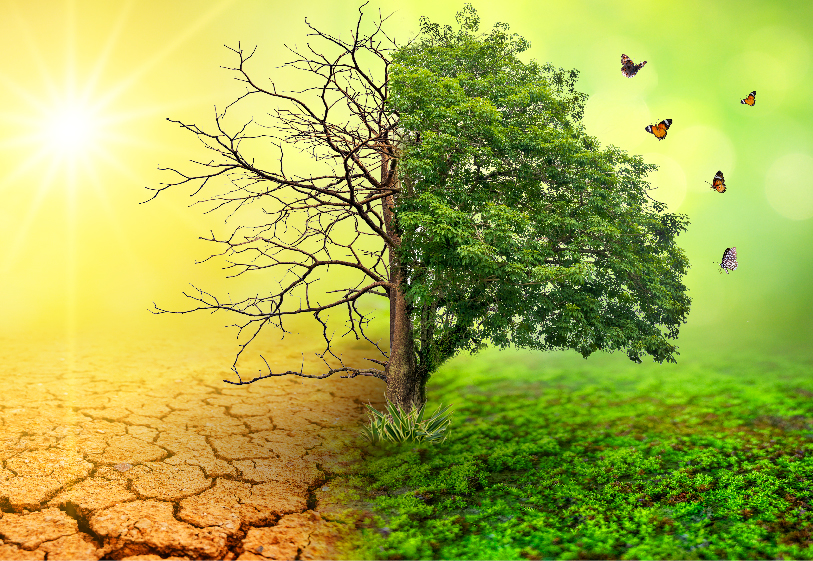The future challenges of world agriculture with global warming
Global warming is a phenomenon that has led to an increase in the average temperature of the earth and the surface of the oceans. For the past 100 years, the Earth has been abnormally about 0.74 degrees Celsius.
It has become hotter, which has worried scientists. Some scientists believe that the last decades of the twentieth century were the warmest years of the last 400 years, and reports indicate that 10 of the warmest years in the world were recorded from 1990 to 2007 alone, the highest level in 150 years. . Industrial activities seem to have been very effective in creating this problem and contributing to global warming. Earth temperature measurements have been started since 1880 and continue to this day.
Global warming in 2100 is also said to cause severe droughts, scorching heat and terrible storms.
The effect of global warming on the carbon cycle in agricultural soils
Global warming and climate change are important environmental problems that have been considered by many scientific circles in the world, especially in the last two decades. Global warming seems to have very important consequences, the effects of which will last for years. Implications that, in addition to climate change, could leave their mark on the Earth and the oceans.
Researchers in recent years have concluded that human activities, especially the consumption of fossil fuels that emit greenhouse gases, have played a major role in tackling this phenomenon. This suggests that scientists are increasingly convinced of the link between human activity and global warming.
The world is undergoing a very clear heating process, a process in which rising carbon levels and natural temperature anomalies have led to more hot years and fewer cold years. Due to rising global temperatures,
modern agriculture may face multifaceted challenges in the future. There are now reports of declining agricultural yields in the Middle East and Africa.
Global warming is likely to affect the carbon cycle in agricultural soils. High temperature stress affects the plant from germination to growth and controls various physiological processes such as photosynthetic functions and reproductive processes such as flowering, pollination and seed formation.
Changes in rainfall patterns also affect the survival of insects and crop pests. It is estimated that each degree of temperature increase enables insect species to spread 200 km to the north or 140 km to the heights.
Global warming may expand the range of insect distribution to higher latitudes and altitudes. Increasing the temperature significantly changes the physiology of the host plant and thus its resistance mechanism. High temperatures may cause loss of temperature sensitivity. As a result of reducing the resistance of the defense mechanism, the host plant will be very vulnerable to pest invasion.
Global warming, increasing agricultural pests and the risk of famine
The researchers studied substances such as rice, corn and wheat to study the effect of heat and increase the number of pests on food products.
Then, by adding climate data, insect metabolism, and demographic information, they calculated the potential for crop damage by 2050.
According to these researchers, increasing the temperature of the earth by 10 to 25 degrees, especially in the northern temperate regions, will reduce the yield of agricultural products such as wheat, corn and rice.
"The impact of insects due to global warming will be far greater than the direct impact of climate change on crops," said Professor Josh Tewksbury, a researcher at the University of Colorado Boulder.
The study shows that losses to corn crops in the United States, the world's largest corn producer, will increase by 36 percent by 2050.
On the other hand, China, as the largest rice producer in the world, may face the most crop damage by 2050.
Wheat produced by European countries will also face great losses.

